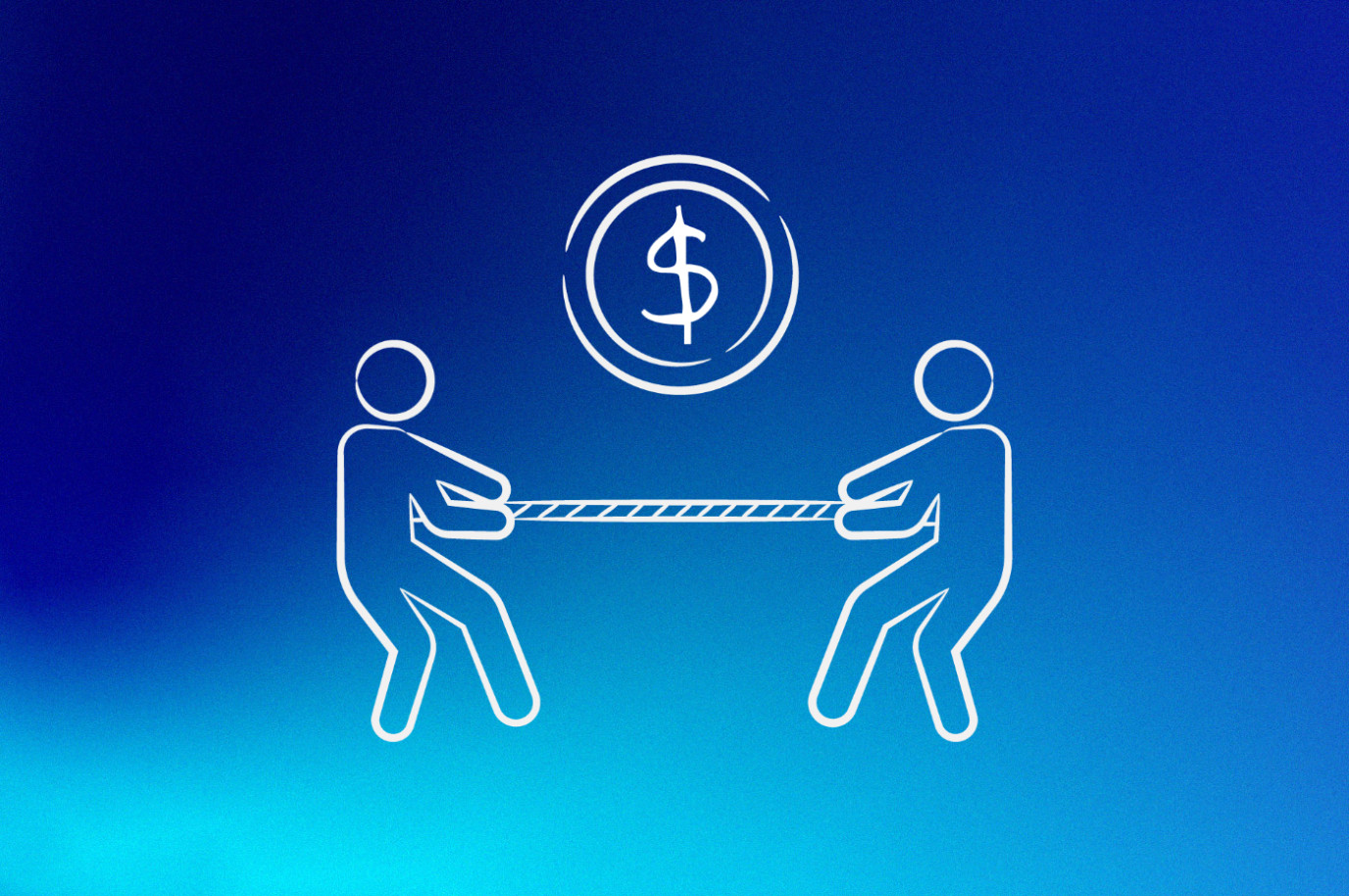Ingenious Pricing Strategy Strategies for Today's Digital Economic situation
Ingenious Pricing Strategy Strategies for Today's Digital Economic situation
Blog Article
Recognizing Rates Strategies: A Guide to Boosting Competitiveness
In a significantly affordable landscape, mastering prices techniques is vital for organizations aiming to boost their market setting. Different pricing versions, such as value-based and cost-plus approaches, can significantly influence exactly how a company communicates its worth recommendation. Comprehending competitor prices and the emotional aspects that impact consumer habits can develop a nuanced approach to pricing that reverberates with target audiences. The application of these techniques is not uncomplicated-- there are vital considerations that could establish success or failing. What variables should be prioritized to ensure efficiency in this vibrant setting?
Relevance of Pricing Methods
In the competitive landscape of company, the importance of rates techniques can not be overemphasized. Pricing works as an essential lever for services, influencing both market positioning and customer perception. A well-defined rates strategy can boost profitability, drive sales, and establish an one-upmanship.

Comprehending customer behavior is essential in crafting prices strategies. Insights right into price level of sensitivity, perceived worth, and affordable offerings enable businesses to adjust their prices models accordingly. Additionally, normal assessment of rates performance is necessary to react to market characteristics and customer patterns.
Inevitably, a robust rates technique is integral not only for earnings generation yet also for long-term organization viability. It forms brand name identity, affects client loyalty, and plays a pivotal duty in the total marketing technique. Services must spend time and resources in developing and improving their prices approaches to thrive in an ever-evolving industry.
Kinds Of Rates Versions
Exactly how do businesses figure out one of the most reliable means to value their services or products? The response exists in recognizing numerous pricing designs, each suited to various market problems and service objectives.
One prevalent version is cost-plus rates, where a set percentage is added to the overall cost of production. This method makes certain that all expenses are covered while producing a revenue. On the other hand, value-based rates focuses on the regarded value of the product to the customer, allowing companies to bill a costs based on consumer demand and fulfillment.
One more method is vibrant prices, frequently utilized in industries such as travel and friendliness. This model changes rates in real-time based upon market need, competitor pricing, and various other exterior elements. Infiltration prices is additionally considerable, where organizations originally set reduced prices to get in an open market and gain market share, later on enhancing costs as soon as a consumer base is established.
Finally, skimming prices involves establishing high first rates for cutting-edge or new items, exploiting on early adopters prior to reducing rates gradually. Understanding these models enables businesses to strategically place themselves in the marketplace, straightening their rates techniques with their overarching objectives.

Studying Competitor Prices
Understanding rival prices is a vital aspect of creating a reliable prices approach. Organizations needs to carry out complete evaluations of their competitors' rates frameworks to determine market positioning, evaluate possible dangers, and discover opportunities for differentiation. This involves collecting information on competitors' prices, promotional techniques, and any discounts or motivations they use.
Start by determining essential competitors within your industry. Utilize different tools such as marketing research page records, competitor websites, and rates comparison systems to collect appropriate info. Evaluate their prices models, including any tiered rates systems, subscription charges, or bulk discount rates. Understanding the reasoning behind these prices strategies can give insights into consumer habits and choices.
Take into consideration the effects of rival rates on your value proposition. If competitors offer similar items at lower rates, you might require to highlight special marketing factors or boost consumer solution to justify your prices.
Eventually, examining competitor rates not only educates rates choices however additionally aids services stay competitive in a continuously advancing market landscape.
Emotional Prices Methods
Psychological rates strategies utilize customer psychology to influence buying decisions and enhance the perceived worth of products. These approaches are based in the understanding of exactly how customers refine pricing information and the emotional feedbacks that accompany it. One common approach is appeal rates, where costs are set simply listed below a round number, such as $9.99 instead of $10.00. This method exploits the propensity of consumers to regard costs as reduced than they actually are, motivating impulse purchases.
Another reliable strategy is reputation pricing, where greater prices are connected with better. This method interest customers' need for status and exclusivity, positioning products as superior offerings. In addition, packing items together at my site a discounted rate can produce a sense of worth, triggering clients to acquire greater than they initially planned.
Shortage prices, which stresses minimal availability or time-sensitive deals, can likewise activate necessity, pressing customers to act promptly. By recognizing and applying these mental prices methods, services can effectively form customer assumptions, drive sales, and inevitably improve competitiveness out there.
Implementing and Changing Methods

Once information is gathered, companies must assess their prices designs versus existing market problems. This might involve embracing vibrant rates strategies that enable real-time adjustments based on supply and demand variations. Businesses should also consider segmenting their market to read this post here tailor prices for various consumer teams, improving regarded worth and driving sales.
Consistently reviewing rates methods is important. This can be achieved via A/B testing or customer comments, which offers insights into the effectiveness of present rates. Additionally, companies should stay versatile to adapt to unexpected changes, such as economic recessions or arising competitors.
Conclusion
Finally, reliable rates methods function as a crucial component for businesses intending to improve competitiveness in a fluctuating market. By leveraging various pricing models, analyzing rival prices, and employing mental techniques, firms can better place themselves and interact value to consumers. On a regular basis adjusting these approaches in reaction to market characteristics and customer actions is necessary for ensuring lasting sustainability and profitability, eventually cultivating and driving sales customer commitment.
In a significantly competitive landscape, understanding rates methods is essential for companies intending to enhance their market setting. Recognizing competitor rates and the psychological aspects that impact customer behavior can develop a nuanced approach to prices that reverberates with target audiences.Recognizing competitor prices is a vital element of developing a reliable pricing strategy. Assess their prices versions, consisting of any tiered prices systems, subscription costs, or mass price cuts. By leveraging various pricing models, examining competitor pricing, and employing psychological techniques, companies can better position themselves and connect worth to customers.
Report this page